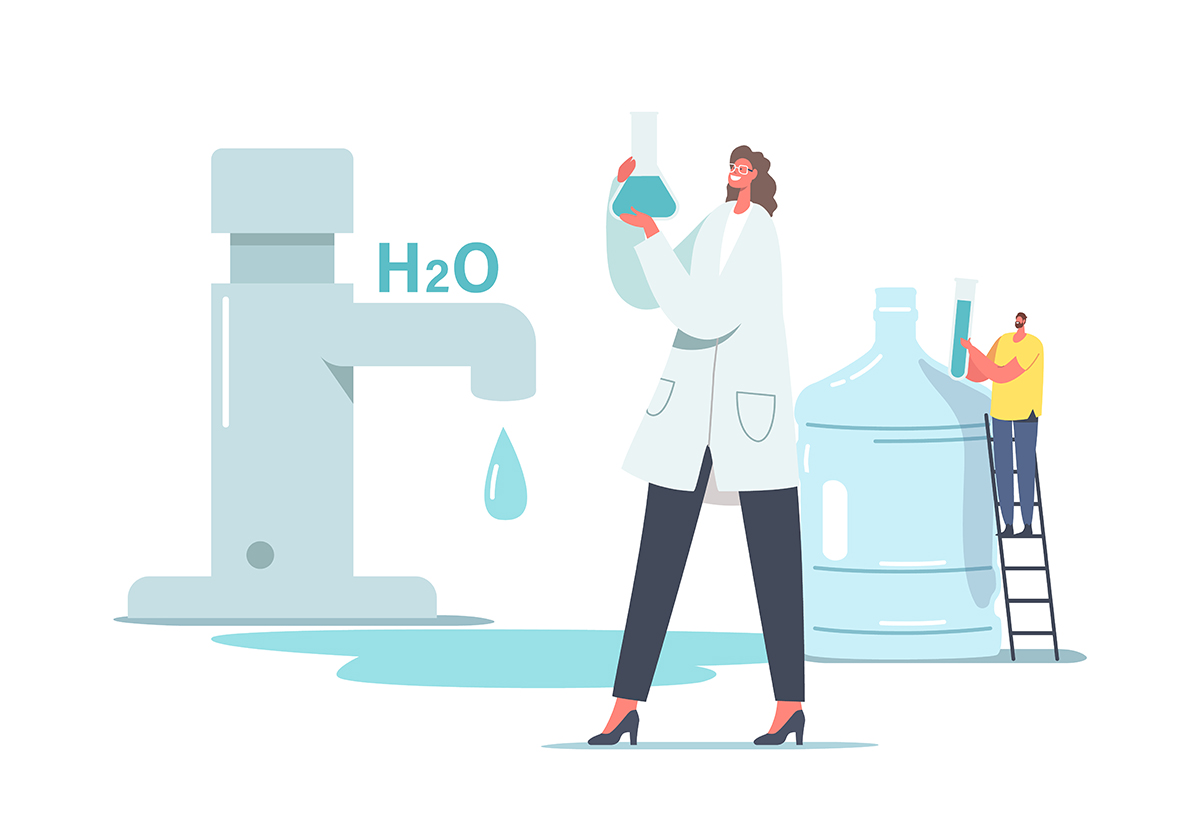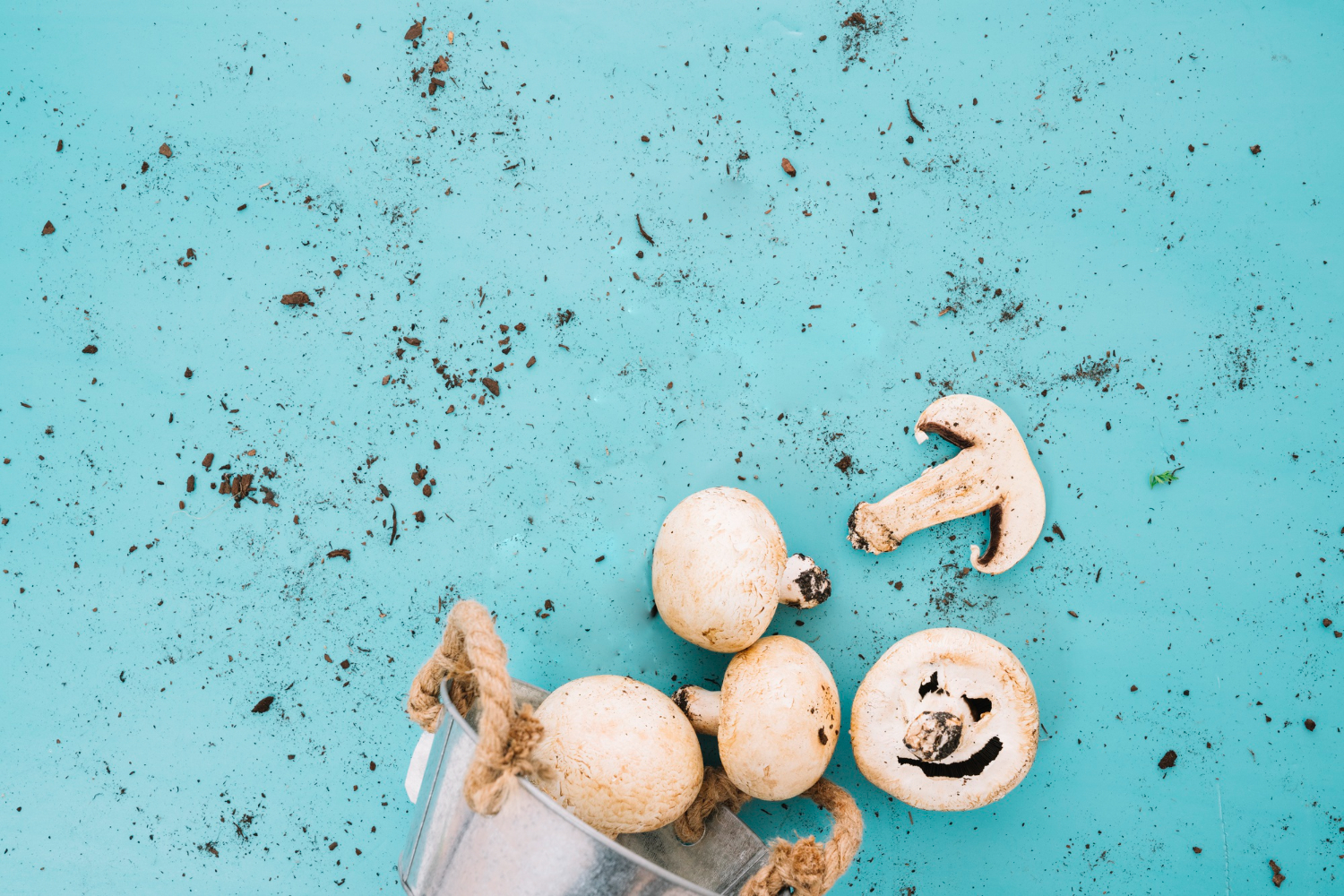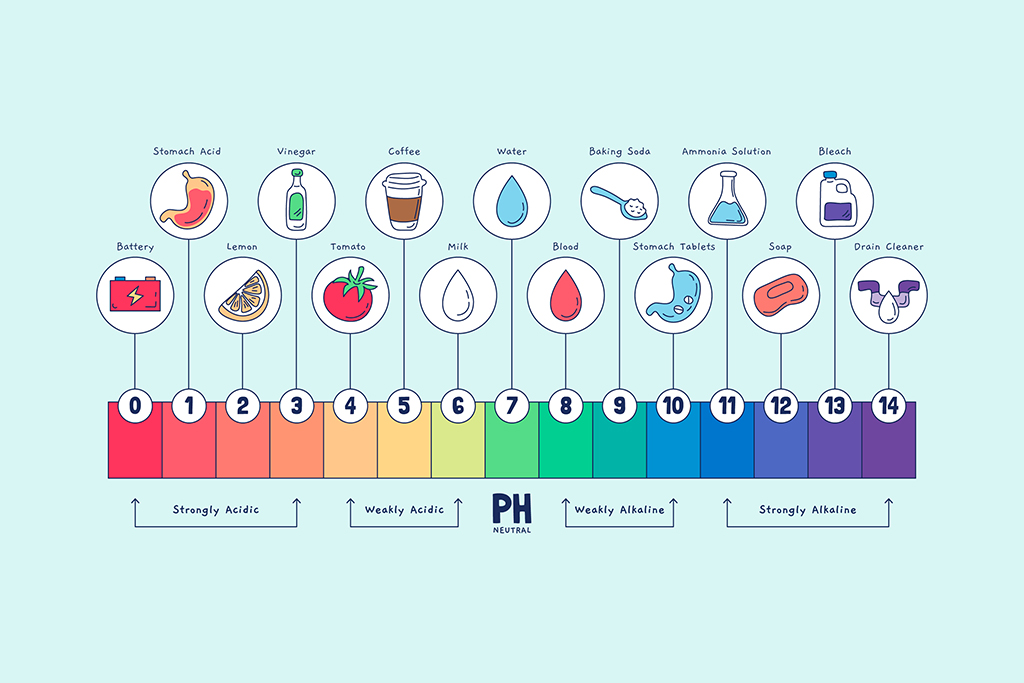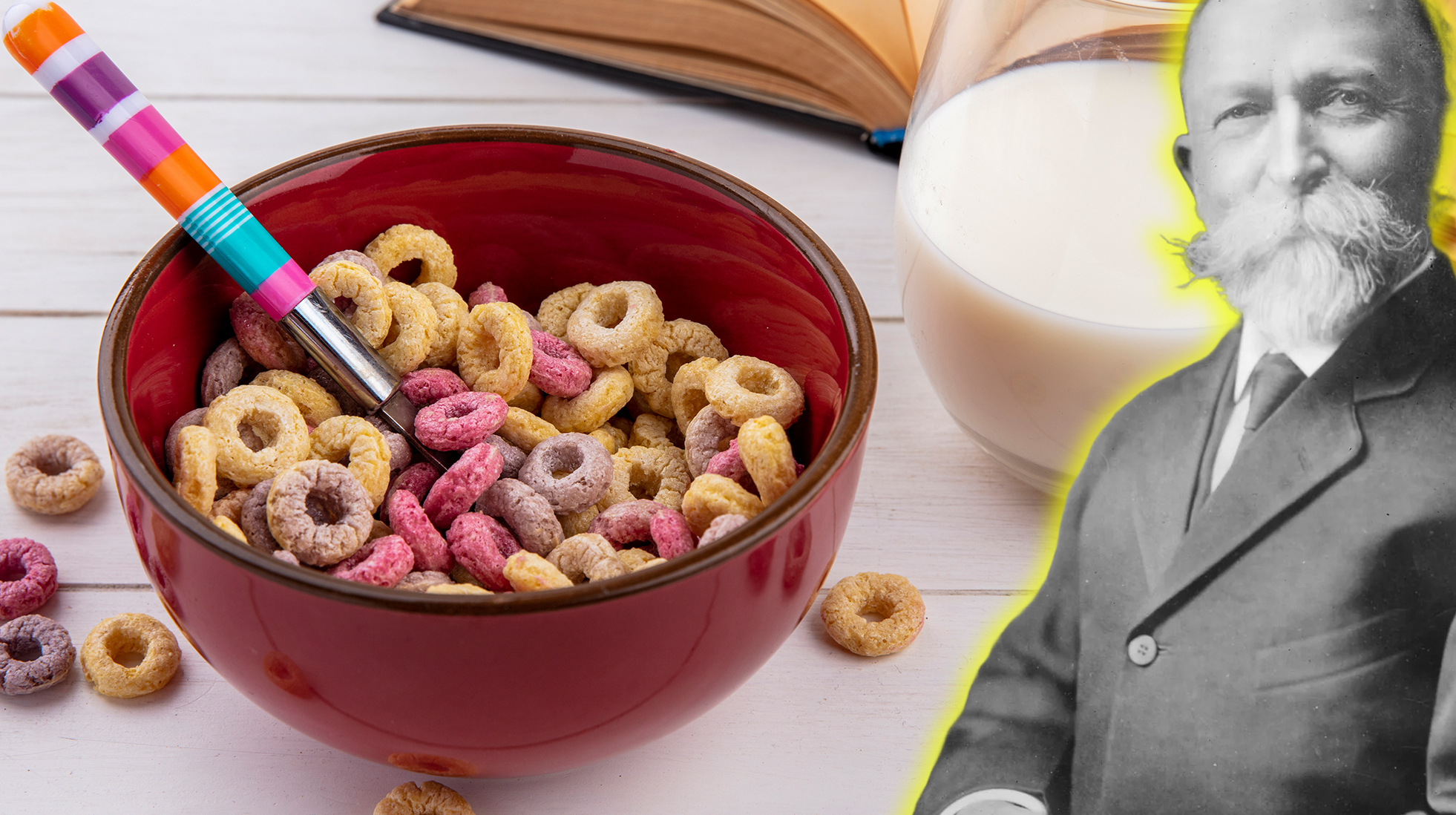I remember the first time I learned about moisture content on a wet versus dry basis – I felt like smashing my head into the classroom chalkboard… I was so confused and utterly frustrated.
I didn’t understand the difference between the two ways to calculate moisture content. By the way, do we even need two different ways to express moisture content?!
So, I’m here to help you.
Please read through this post slowly. I promise I will explain everything you need to know to calculate water activity on both a wet and dry basis.
Moisture Content 101
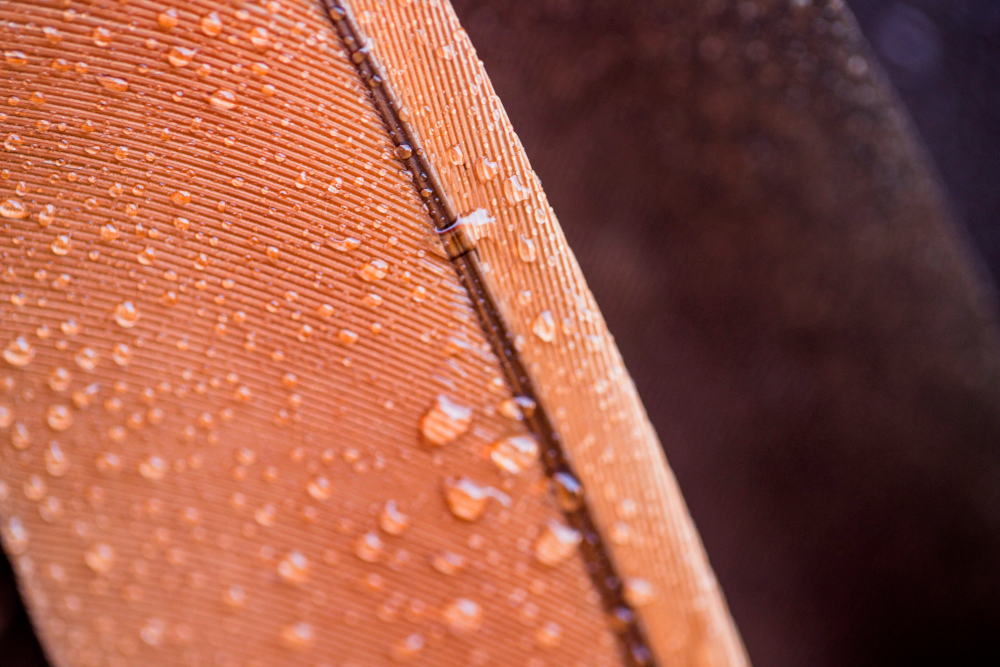

You probably understand moisture content – simply the total amount of moisture (aka water) in a food. That’s not the difficult part.
Read more: Moisture content vs water activity
The confusion arises because we can calculate moisture content in two different ways: wet basis (Wb) and dry basis (Db), which give us two different values.
I know this might seem like we’re overdoing this whole moisture content thing, but understanding both methods is important because they’re used for different purposes in food science, food processing, and labeling.
- Wet Basis (wb) – Expresses moisture as a percentage of the total weight of the food, including water and dry matter.
- Dry Basis (db) – Expresses moisture as a percentage of just the dry matter, excluding water from the total weight.
While a wet basis is ideal for consumers, a dry basis is key for food manufacturers and scientists when they need to assess food’s stability, shelf life, or processing requirements.
💡 Want to learn more about food science basics? My Food Science for Beginners course covers key concepts like moisture content, water activity, and food preservation. Check it out here.
Calculating Moisture Content on a Wet Basis (Wb)
The wet basis calculation looks at moisture as a percentage of the total food weight:


Example:
A fresh apple weighs 200 g; after drying, the remaining dry matter is 30 g.
- Mass of water = Total weight – Dry matter = 200 g – 30 g = 170 g
- Moisture content (wet basis):


So, the apple is 85% water on a wet basis – which is the typical way moisture content is reported on food labels.
Calculating Moisture Content on a Dry Basis (Db)
Before we calculate moisture content on a dry basis, I want to emphasize that these values may be over 100%! This is, in part, what confused me so thoroughly when I first learned how to do these calculations.
So, the dry basis calculation expresses water as a percentage of only the dry matter:


Example: Using the same apple:
- Mass of dry matter = 30 g
- Moisture content (dry basis):


So, the apple’s moisture content is 566.7% on a dry basis, meaning the dry matter holds over five times its weight in water.
Again, it’s okay that this value is above 100%. This happened because moisture content Db only divides the grams of water by grams of dry matter. Since most foods are predominantly water, this value is often over 100%.
Wrapping It Up
I really hope this post helps you understand the difference between calculating moisture content on a wet and dry basis. Hopefully, I prevented you from feeling the immense frustration I experienced with my first moisture content calculations in foods!
And I promise you that although learning it seems confusing, you will be a pro a year from now!
Stick with it, and these calculations will become second nature to you.

